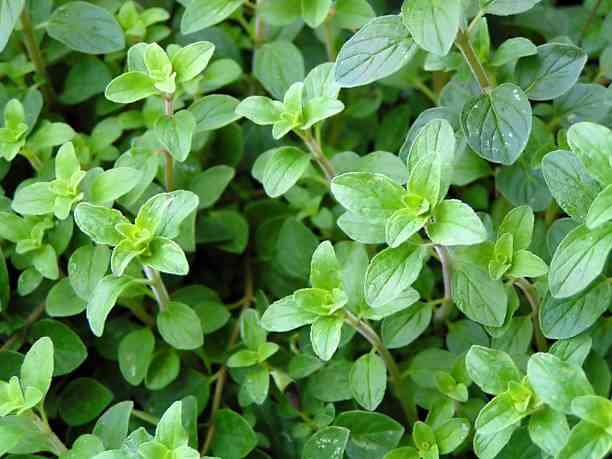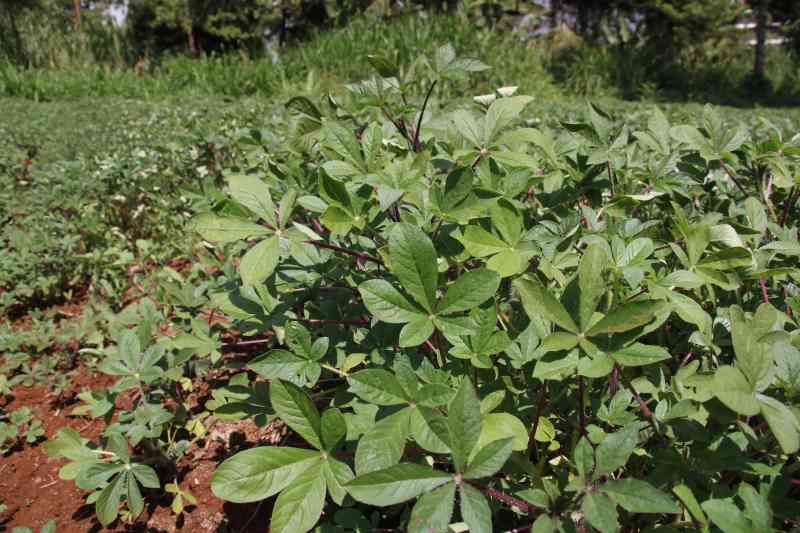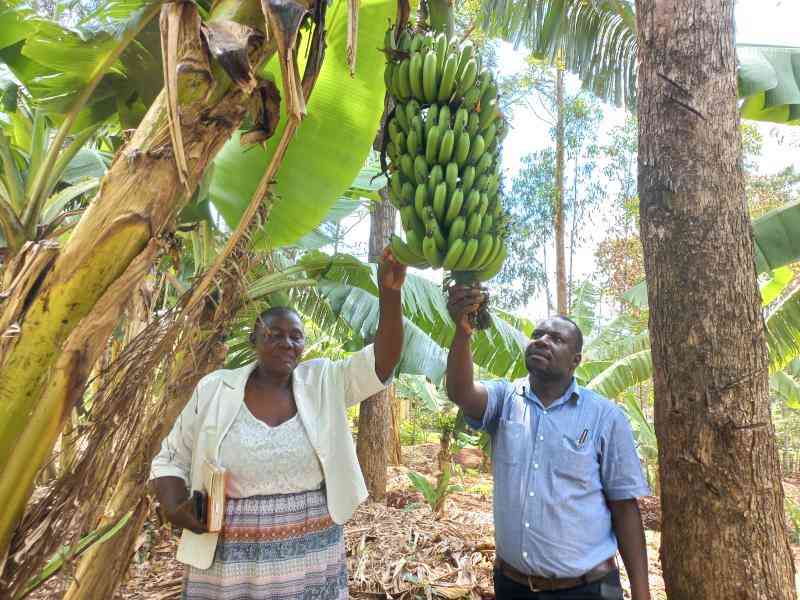Avocado is grown in several parts of Kenya and a big percentage of its production is done by small-scale growers. They grow it for subsistence, local markets and export.
Avocado is a much loved food because it is versatile. It can be added to meals such as ‘githeri’, sandwiches and salads and is also used in the cosmetic industry. It also has many health benefits and healthy fats.
To boost incomes and for food security, the Government has been emphasising on crop diversification and value addition in Agriculture.
The avocado which has been re-branded as the green gold due to its high demand can be value added into many products.
According to Kenya Agricultural and Livestock Research Organisation (Kalro), Kenya has over 40 varieties of avocado.
Hass is the main export variety and Fuerte is preferred for processing. Jumbo is the traditional Kenyan variety.
Other commercial varieties are Keitt, Reed, Booth 8, Simmonds, Pinkerton, Nabal, Puebla, Tonnage, Ettinger, Hayes, G6 and G7. Varieties used as root-stocks include Puebla, Fuerte, Duke, G6, and G7.
Lilian Justice an investor in the avocado business says the fruit can be used from its cover to the flesh and seed. Ms Justice does value addition for avocados and gives insights on products one can get from the fruit. She sells her products at the organic market in Nairobi on weekends.
“Every part of the avocado has an opportunity for value addition. If you can, do not throw away even rotten avocados,” she says.
Avocados are a great source of potassium. They are packed with monounsaturated fats (fat molecules with one unsaturated carbon bond), they are also high in fibre and rich in folate. Here are a few ideas shared by Ms Justice.
Avocado smoothie
To make avocado smoothie, start by cutting an avocado in half and scooping the pulp out into a blender. Add a cup of milk and a little bit of sugar and honey. Blend everything together and you are done. Pour your avocado smoothie into a glass and chill it in the fridge or serve right away.
“For those who are lactose intolerant or do not prefer milk, use water and a little bit of lemon juice, this will give a nice, unique taste. You can also use orange juice, passion fruit and others to get a different taste,” explains Justice.
A litre of avocado juice costs Sh300.
Avocado oil
The flesh undergoes pressing to produce a viscous oil that is multipurpose. Most of the fruits that feature in processing are usually rejects from the export market. They are usually fresh because the reason for the recall is blotches on the skin.
Processing of avocado oil involves four key steps: Pitting, this involves the removal of the seed after cutting open the flesh, pounding the flesh into paste to form pulp that can be used for oil extraction, heating the content for 40 to 60 minutes at temperatures of between 45 and 50 degrees celsius.
“There is centrifugal separation of the lighter oil from the water content in a decanter. The oil from a single hass avocado is usually 30 per cent of its total weight,” says Justice.
According to Justice, a kilo of avocados - approximately two medium-sized fruits - can yield up to 300ml of oil depending on the variety.
“Avocado oil can be used for beauty care and cooking. The oil is derived from the flesh of ripe avocados. The flesh is first dried to attain a brownish colour. It is then compressed to get oil. Compression is done by machine to squeeze out as much oil as is possible,” says Justice.
Some 250ml of avocado oil costs Sh848.
Briquettes
Briquettes are a substitute for charcoal. They cost and smoke less and last longer. Briquettes are made from a selection of compressed waste products.
Avocado peels are such a product. They are dried and turned to ash, then mixed with other waste, like saw dust, to make briquettes. Specialised machines are needed to make them.
A kilo of briquettes cost Sh20.
Powder
The seeds are another waste product that have utility. They can be turned into powder. Justice says this powder is used in the beauty industry to make face and skin masks. How is it done? The seeds are dried, the outer skin removed and the seeds is then cut. Cutting makes it easier to grind them into powder.
Avocado fuel flakes
To make avocado fuel flakes, Justice follows the same procedure as in the case of oil, but this time, utilises the rotten avocados.
“Here, the oily pulp is not pressed to release liquid oil. Instead, it is made into oil flakes which can be used as fuel in a furnace or in an improvised stove,” she says.
When the pulp is spread on the trays, it is exposed to the sun for three to four days, then turned over to allow the underside to dry and turn brown.
The result is an intact piece of oily pulp which is then broken down into smaller pieces or flakes, after which it is ready to be used as fuel,” she explains.
According to her, the fuel flakes have the potential to substitute firewood, charcoal and kerosene therefore having a positive impact on the environment.
A kilo of fuel flakes costs Sh50.
When burning the avocado flakes, another product, bitumen (tar), is formed. The thick black liquid forms at the bottom of the stove.
Avocado paste
Paste is the second go-to method of adding value to fruits. The flesh can be put through a blender to produce the paste. The paste has use in flavouring food, making juices, shakes and spread.
Want to get latest farming tips and videos?
Join Us
 The Standard Group Plc is a multi-media organization
with investments in media platforms spanning newspaper print operations,
television, radio broadcasting, digital and online services. The Standard Group
is recognized as a leading multi-media house in Kenya with a key influence in
matters of national and international interest.
The Standard Group Plc is a multi-media organization
with investments in media platforms spanning newspaper print operations,
television, radio broadcasting, digital and online services. The Standard Group
is recognized as a leading multi-media house in Kenya with a key influence in
matters of national and international interest.
 The Standard Group Plc is a multi-media organization
with investments in media platforms spanning newspaper print operations,
television, radio broadcasting, digital and online services. The Standard Group
is recognized as a leading multi-media house in Kenya with a key influence in
matters of national and international interest.
The Standard Group Plc is a multi-media organization
with investments in media platforms spanning newspaper print operations,
television, radio broadcasting, digital and online services. The Standard Group
is recognized as a leading multi-media house in Kenya with a key influence in
matters of national and international interest.






